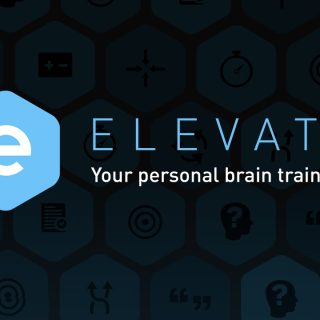Jigsaw Classroom: Weaving Knowledge through Cooperative Learning
The Jigsaw Classroom is a transformative and collaborative teaching strategy that breaks down traditional classroom dynamics. Originating from the research of psychologist Elliot Aronson in the early 1970s, the Jigsaw method aims to foster cooperation, interdependence, and a comprehensive understanding of a topic among students. In this comprehensive exploration, we will delve into the intricacies of the Jigsaw Classroom, examining its structure, benefits, implementation strategies, and the profound impact it has on student collaboration and learning outcomes.

Activity Structure:
- Lesson Division:
- Objective: Divide the lesson or topic into several sections or parts, ensuring each part is manageable for small groups.
- Sections: Assign a unique section to each small group, creating “expert” groups focused on mastering their designated content.
- Expert Group Work:
- Objective: Within their expert groups, students delve deeply into their assigned section, becoming knowledgeable on the content.
- Resources: Provide resources such as readings, articles, or multimedia materials to aid in the understanding of the assigned section.
- Regrouping:
- Objective: After the expert groups have thoroughly understood their assigned content, students regroup into new groups.
- Diverse Expertise: Each new group is composed of individuals who were experts on different sections, ensuring a mix of expertise within each group.
- Sharing Expertise:
- Objective: Students share their knowledge and expertise with their new group members.
- Discussion and Clarification: Encourage discussions, questions, and clarifications among group members to ensure a comprehensive understanding of the entire lesson.
- Class-wide Discussion:
- Objective: Conclude the activity with a class-wide discussion facilitated by the teacher.
- Integration: Connect the different sections discussed by each group, emphasizing the interconnectedness of the content and fostering a holistic understanding.

Benefits of Jigsaw Classroom:
- Cooperative Learning:
- Jigsaw promotes cooperative learning, emphasizing the importance of each student’s contribution to the group’s success.
- Inclusivity:
- The method ensures that every student is essential to the success of their group, fostering a sense of belonging and shared responsibility.
- Expertise Development:
- Students become “experts” in a specific area, cultivating a deeper understanding of the content through individual and group exploration.
- Interdependence:
- The success of the overall lesson depends on the collaboration and knowledge-sharing among group members, encouraging interdependence.
- Communication Skills:
- Students enhance their communication skills by explaining complex concepts to their peers and engaging in discussions to build a comprehensive understanding.
Implementation Tips:
- Clear Instructions:
- Provide clear instructions at each stage of the Jigsaw process, ensuring students understand their roles and responsibilities.
- Diverse Resources:
- Offer a variety of resources for each section to accommodate different learning styles and preferences.
- Monitor and Facilitate:
- As the teacher, actively monitor group discussions, offer guidance when needed, and ensure that all students are participating.
- Debriefing:
- Conclude the activity with a debriefing session, allowing students to reflect on their learning process and the effectiveness of the Jigsaw method.

Conclusion: The Jigsaw Classroom stands as a testament to the transformative power of cooperative learning. By breaking down traditional classroom structures and fostering interdependence, the Jigsaw method not only enhances academic understanding but also cultivates essential life skills such as communication, teamwork, and empathy. Through this collaborative approach, students not only become experts in their chosen topics but also contributors to a collective understanding that extends beyond individual learning. The Jigsaw Classroom, with its emphasis on cooperation and interconnected knowledge, represents a pedagogical approach that prepares students for the complexities of the interconnected world they will navigate.








